The VR landscape in 2025 finally matches the ambition that has driven it for years. It clicks this year. According to IDC's AR/VR tracker, Meta captured 74.6% market share in the reporting period reported by IDC (see IDC tracker/press release), while serious heat arrives from Apple’s Vision Pro and the looming Samsung Galaxy XR. This generation feels grown up, with pancake lenses that cut bulk, processing power that enables true wireless freedom, and pricing that puts high-quality VR within reach for more than diehards.
Meta Quest 3 leads the pack with next-gen innovation
Right now, the Meta Quest 3 stands out as the top choice for VR enthusiasts in 2025. Not a tune-up. A rebuild. The big leap is optics, with sleek pancake lenses replacing bulkier Fresnel designs. The payoff, a smaller shell and cleaner visuals that make older headsets feel, well, old.
Display upgrades seal it. With crisp 2064 x 2208 pixel resolution per eye, virtual spaces gain enough detail to practically erase the screen-door effect that used to plague earlier headsets. Text is readable without squinting. Fine details pop in games and work apps.
PRO TIP: The Quest 3’s flexible connectivity is a quiet superpower. You can choose high-quality USB Type-C tethering for maximum performance or wireless operation via Wi-Fi 6E based on the task. Wireless works surprisingly well, just plan around that approximately two-hour battery life if you are going long.
Budget-conscious choice: Quest 3S delivers strategic value
If you want in without chasing every spec, the Meta Quest 3S emerges as the most affordable entry point into quality VR at just $299. Smart segmentation by Meta, keeping the right pieces and trimming where it hurts least.
Performance stays strong thanks to the same powerful Snapdragon XR2 Gen 2 processor and 8GB RAM configuration, so complex worlds and productivity tools run smoothly, close to what you would expect from pricier gear.
The compromise is the display. The Quest 3S utilizes older optical components from the Quest 2 era, creating a viewing experience roughly four generations behind current standards. For newcomers or anyone on a budget, that trade-off is fine, especially since the headset maintains excellent hand tracking capabilities and cord-free operation, and it still offers PC connectivity when you want heavier titles.
Premium alternatives push visual boundaries
On the high end, price takes a back seat to tech. Apple’s Vision Pro sets a new bar, with a 3D display system with 23 million pixels (total) and Apple's M5 chip alongside an R1 coprocessor. Pair that with Apple’s M2 processor alongside a specialized R1 chip, and mixed reality feels seamless rather than stitched together.
PC players chasing fidelity will eye the HTC Vive Pro 2. Its 2448x2448 pixel resolution per eye delivers true 5K clarity, so details in complex games and pro apps finally show up. The catch is the 850-gram weight, which can make long sessions a workout.
Console fans get a tailored approach with PlayStation VR2, featuring compelling OLED displays and adaptive haptic feedback tuned for PlayStation 5. The OLED contrast stands out, and the tight PS5 integration makes the whole thing feel purpose-built.
Emerging competition reshapes the landscape
The market’s biggest shake-up is how fast new rivals arrive. Samsung’s upcoming Galaxy XR looks like the sharpest threat to the current pecking order, reported to total ~29 million display pixels (per early specs/press coverage) and widely reported to launch at $1,799; attribute to Samsung's announcement / press outlets. Premium visuals without premium pricing, that is the pitch.
Samsung’s ecosystem play is just as intriguing. It runs on Google’s Android XR platform with integrated Gemini AI capabilities, setting up a three-way platform contest between Meta’s closed approach, Apple’s integrated premium strategy, and the Google Samsung alliance aiming for an open lane.
On the PC side, Valve is moving toward broader access. Valve’s long-awaited Index successor, codenamed "Deckard," is transitioning toward standalone operation, which would cut the cord to expensive gaming PCs and bring high-end VR to more people.
Looking ahead: what the data tells us about VR’s trajectory
The numbers sketch a bumpy, optimistic path. IDC forecasts a temporary 12% decline in 2025 shipments because of delayed launches, followed by a robust 87% rebound expected in 2026 as next-gen tech lands and pricing stabilizes.
Zoom out to spatial computing and the momentum sharpens. Projections point to growth from $20.43 billion in 2025 to $85.56 billion by 2030, the kind of curve that rewrites roadmaps.
Enterprises are already voting with budgets. 75% of Fortune 500 companies have integrated XR technologies for training and education, moving past pilots. The payoff is clear, with VR training demonstrating 52% cost reductions compared to traditional methods at scale, numbers that make CFOs approve and keep approving.
The verdict: VR finally delivers on its promise
After years of almost there, 2025 is the turn. The Meta Quest 3 and Quest 3S offer strong choices at different prices while keeping performance high, and premium options like the Vision Pro plus the upcoming Samsung Galaxy XR stretch what is possible in virtual and mixed reality.
The trajectory looks unmistakable. With global XR market projections showing 33.16% compound annual growth through 2030, and enterprise applications driving 60% of total VR revenue by decade’s end, VR is shifting from niche entertainment to core infrastructure.
Pick your lane, budget-friendly exploration with the Quest 3S, premium gaming with the Quest 3, or cutting-edge mixed reality with the new platforms. 2025 is the most mature, most varied VR ecosystem yet. The promise landed, and the options are real. Which future do you want to step into first?







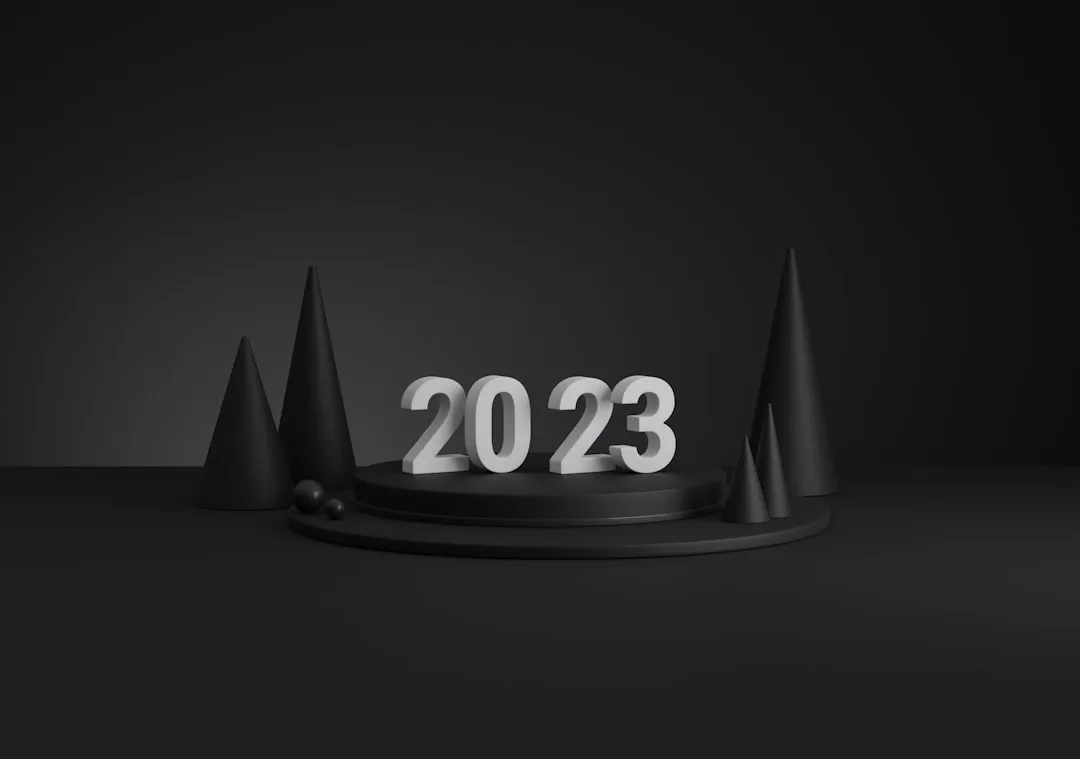
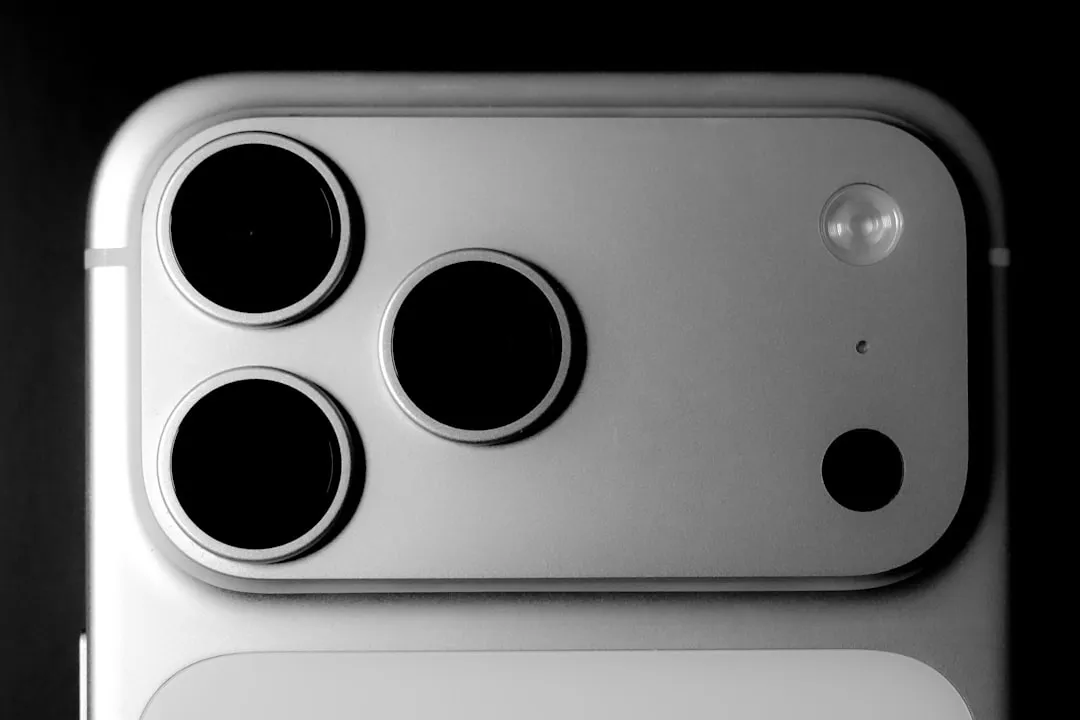









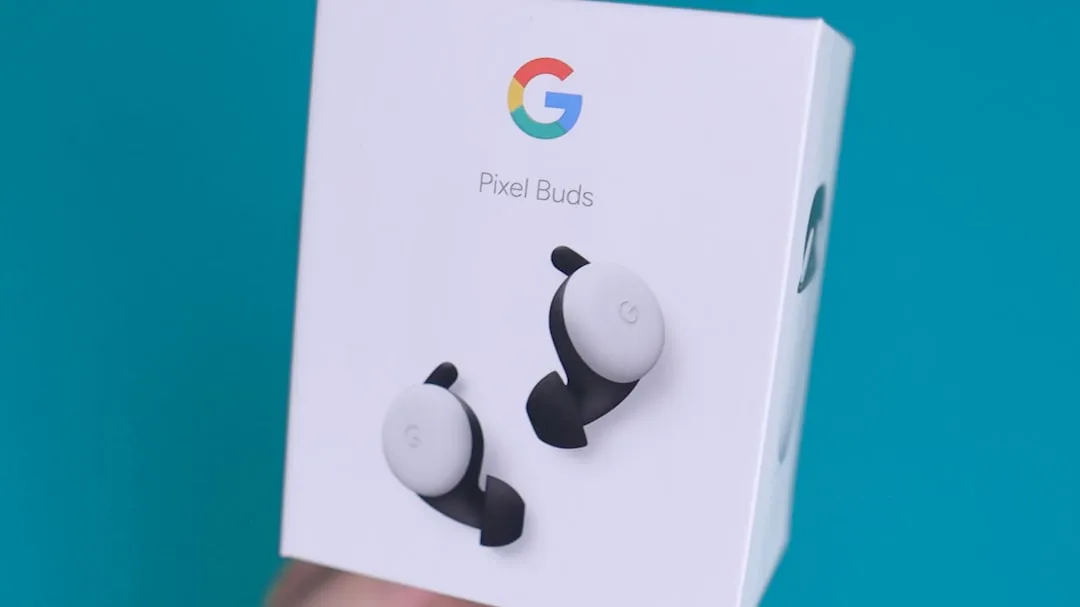


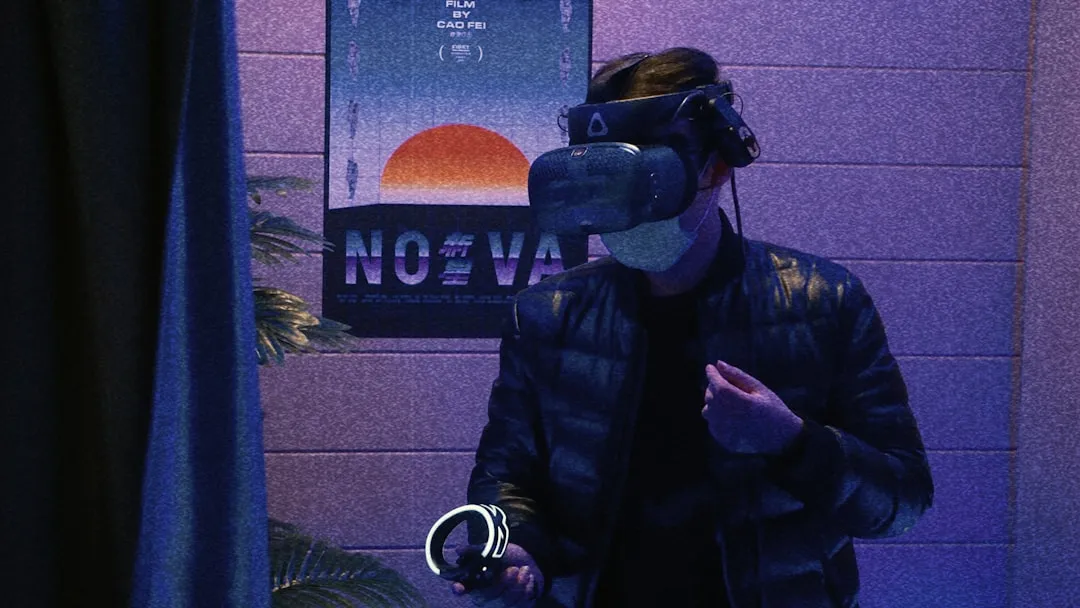
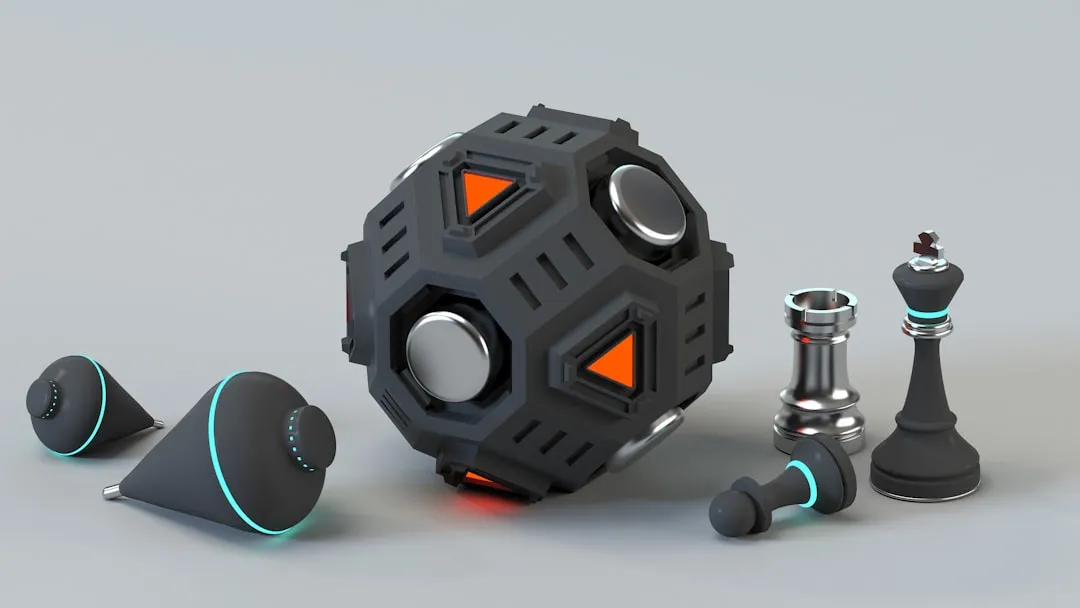
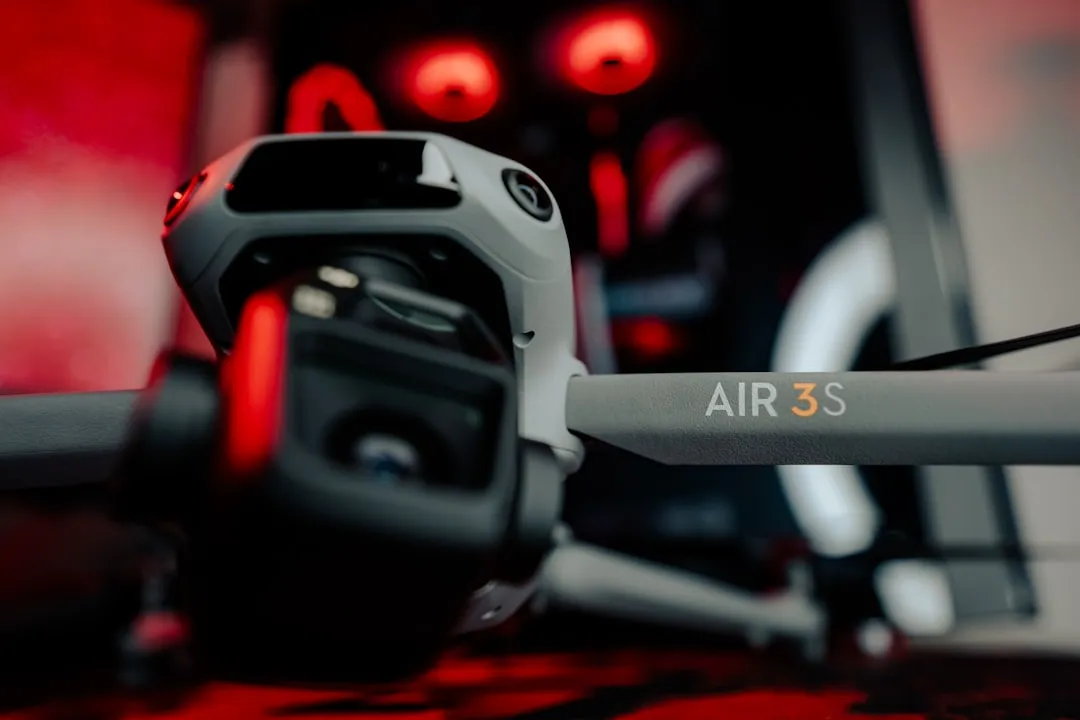

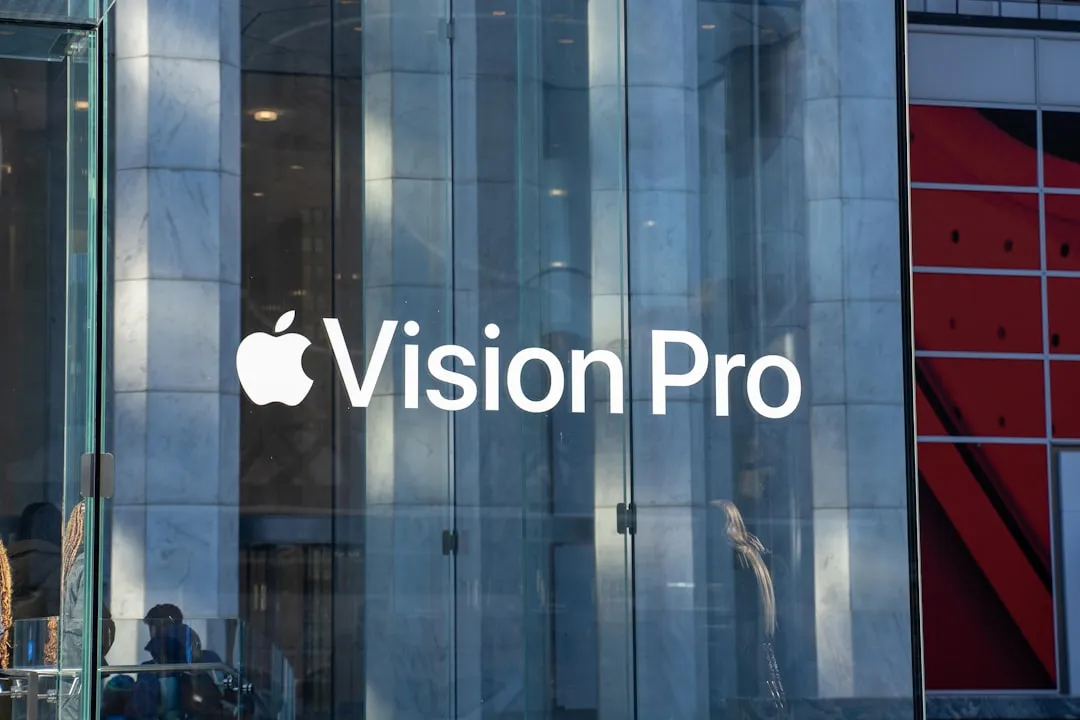

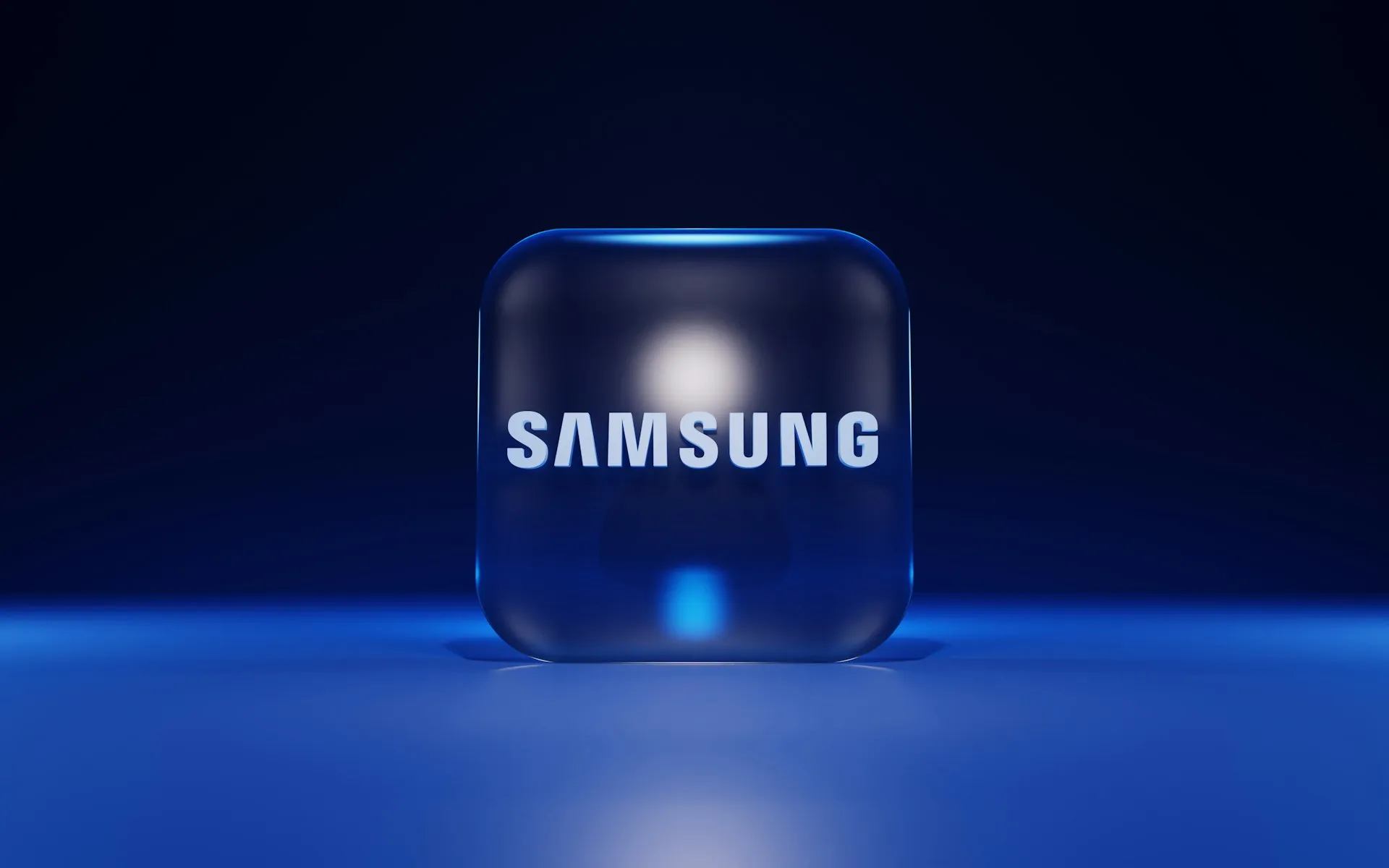
Comments
Be the first, drop a comment!